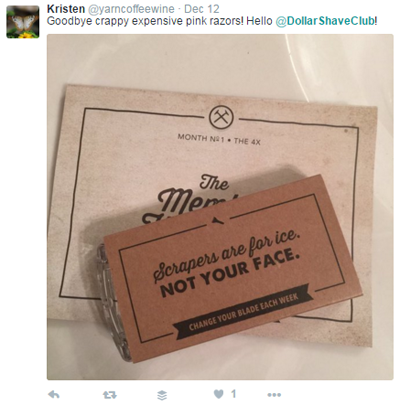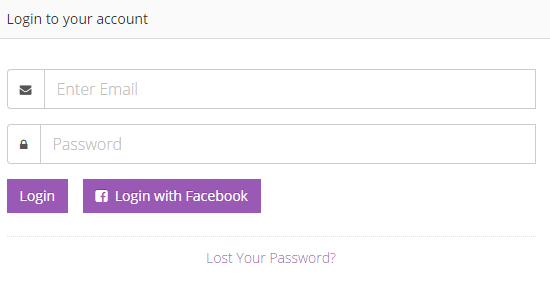4 Surefire Ways to Improve Web Usability

:: By Matt Hensler, H.I.M. ::
Nothing is more frustrating to an online consumer than not being able to complete his or her goals on a company's website - everything from accessing information quickly to completing a sale with ease.
Despite so many top brands providing a sub-par user experience, Web users have high expectations for how a website should look and act. If an enterprise isn't focused on welcoming each and every visitor with a topnotch experience, it is doomed to fail. Luckily, there are four surefire ways to improve Web usability - keeping current and potential consumers on a site longer, converting more and coming back often.
Accessibility
The term accessibility means many different things in 2015 (and even more so as we look to the New Year). On one hand, brands need to ensure everyone - regardless of ability - can access the information they need through tools like a contrast checker (see more here) and, on the other, enterprises must cater to all devices, Internet speeds and more.
If mobile users are bouncing from a website, the best place to start is either with providing a mobile-friendly or responsively designed website or improving the one a brand already has. Brands have jumped on to the mobile bandwagon (a lot to do with Google's push to do so), but they aren't really considering what a user wants to do from their mobile devices. For starters, they want to access local information quickly (so such data should be prioritized) and they don't want to fill out long forms (so social login and/or guest checkout should be considered).
Relevancy
Content may be king, but it's pointless to publish material (e.g. blogs, social posts, infographics, whitepapers, etc.) without it being relevant to a brand's audience. Understanding the customer will help increase key metrics like time on site and conversions. An enterprise can monitor FAQs, on-site search queries, users' social posts and more to get an idea of what type of content will perform well with their users. Monitoring a company's social mentions can also open a brand's eyes to an emerging demographic using their products. For instance, Dollar Shave Club markets mostly to men, but a tweet from a female customer, may indicate it's time to start developing content for women as well.

A more sophisticated approach would be to leverage content management system information to serve men-oriented copy to the males visiting their site and women-oriented content for the females visiting the site. Birchbox includes women and men navigation options to separate the offerings and allow users to self-select.
Clarity
A website serves as a virtual tour guide for a company. Just like in real life, clarity always wins. Even the most clever pun or play on words is ineffective if not all users understand it. A website should refrain from overly complicated copy, as well as design elements. For example, ghost buttons are an emerging trend (calls to action lacking clear contrast), but if they don't clearly tell a user what to do, then a brand risks losing a sale as the user will drop out of the conversion path very quickly. The alternative, and better options, is a CTA with clear contrast and clear copy to be clear about what a user should do.
Trustworthiness
With any brand, trust is an important factor in keeping a website visitor. Brands will want to prove they are a legitimate company by including contact information, testimonials, reviews, social media widgets, press mentions, awards, their client list and even trust seals.

A potential customer, for example, may feel uncomfortable conducting business with a new company, but if they see it has been covered by the mainstream press or even offers PayPal as a checkout option, they will likely move forward with their purchase if all the other Web usability expectations have been met too.
Matt Hensler is a digital marketing educator and award-winning digital marketer. With both in-house and agency experience, he works with small businesses, startups and Fortune 500 brands, including notable clients like DISH Network, Hailo, USA Today, Wells Fargo, Marriott and Chick-fil-A.
 Request Website Magazine's Free Weekly Newsletters
Request Website Magazine's Free Weekly Newsletters

Subscribe to Our Newsletter!
Latest in Marketing












